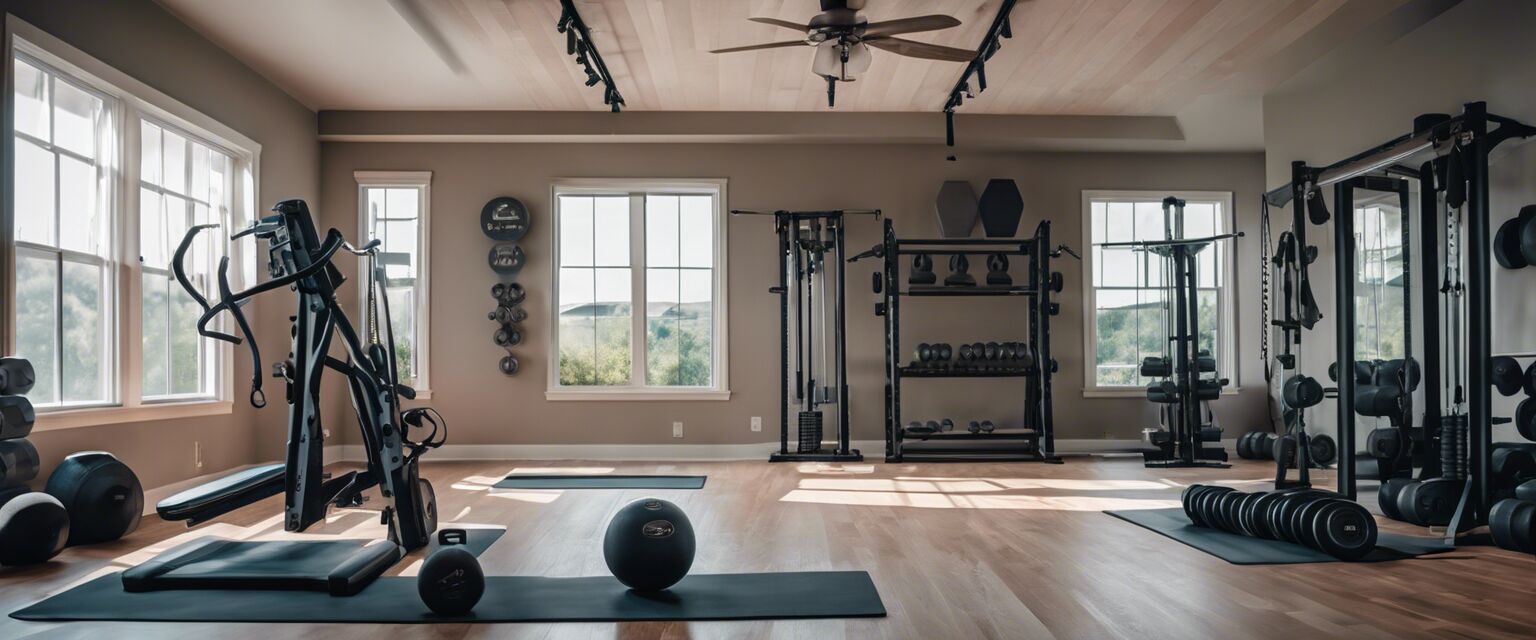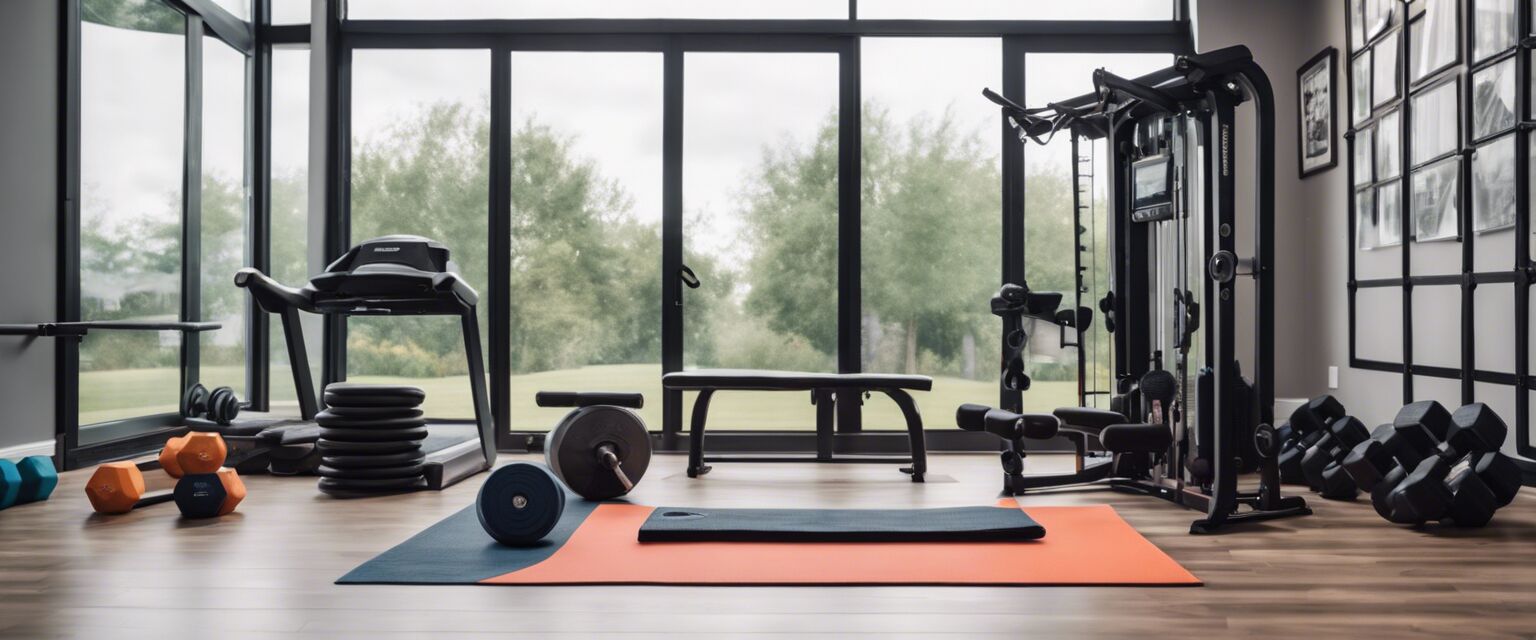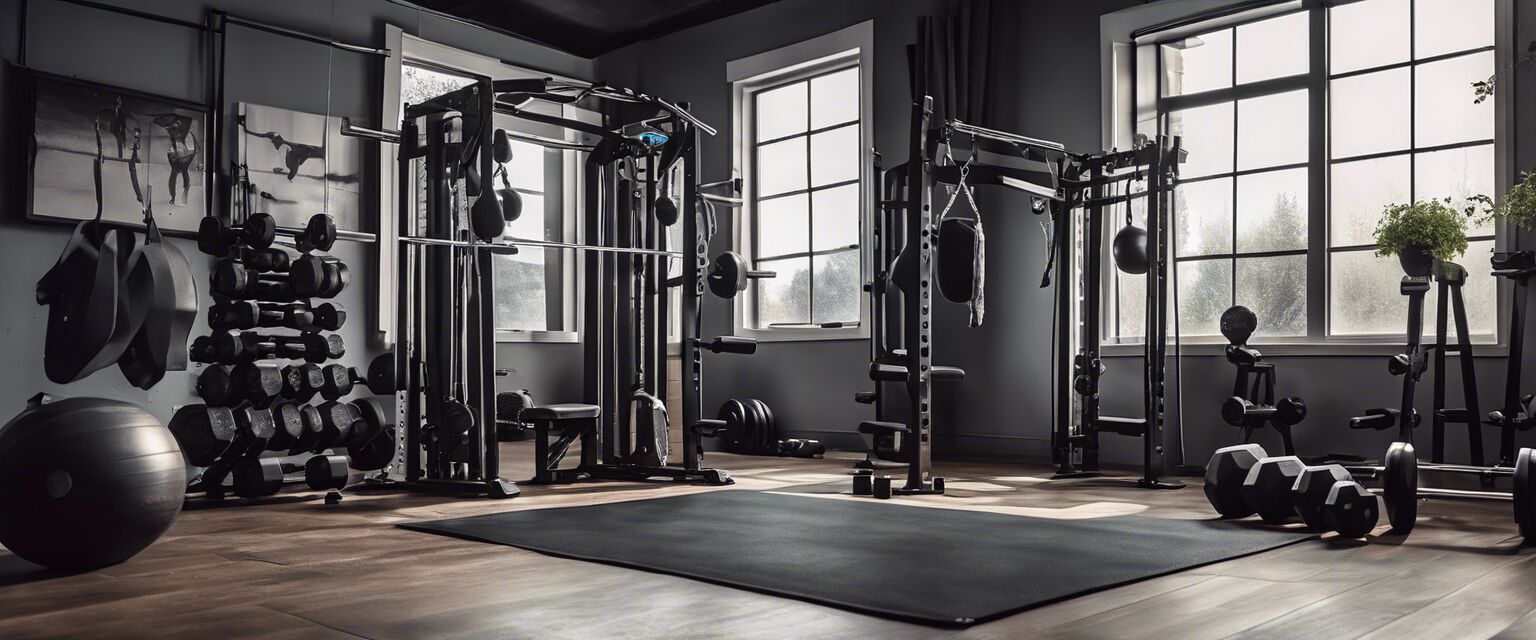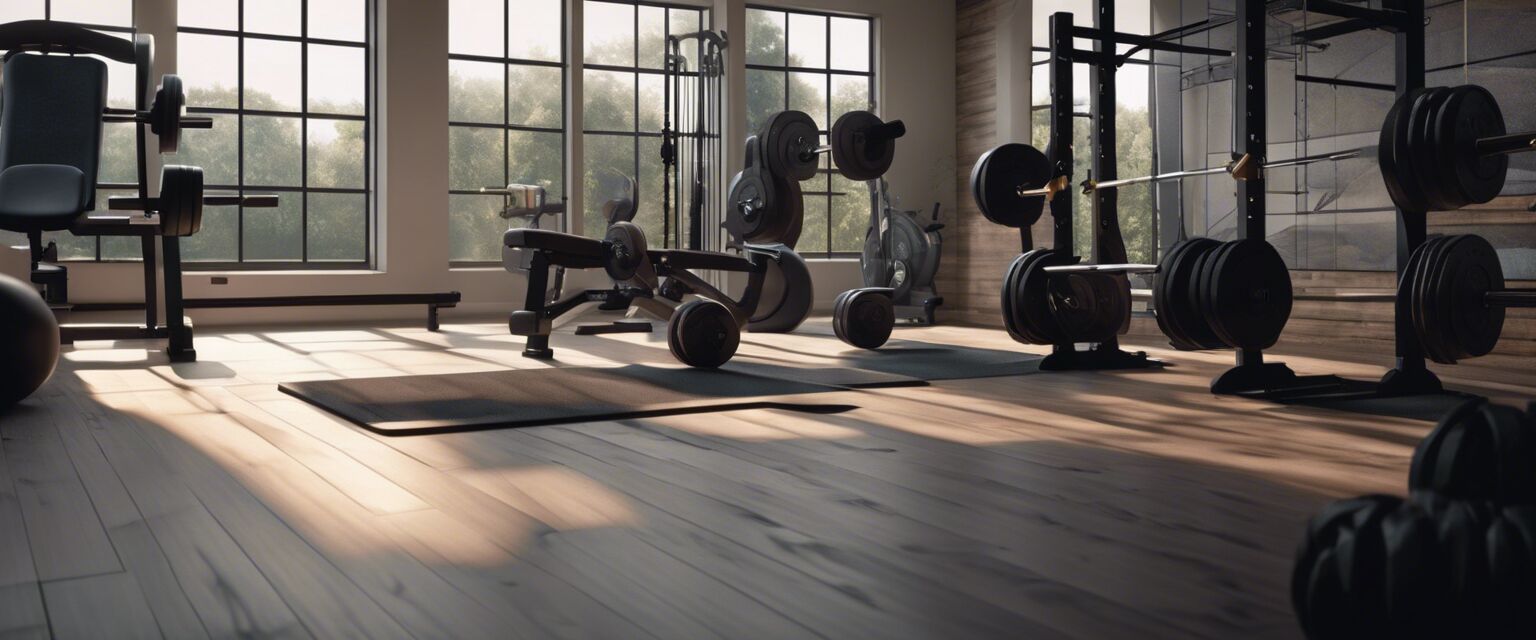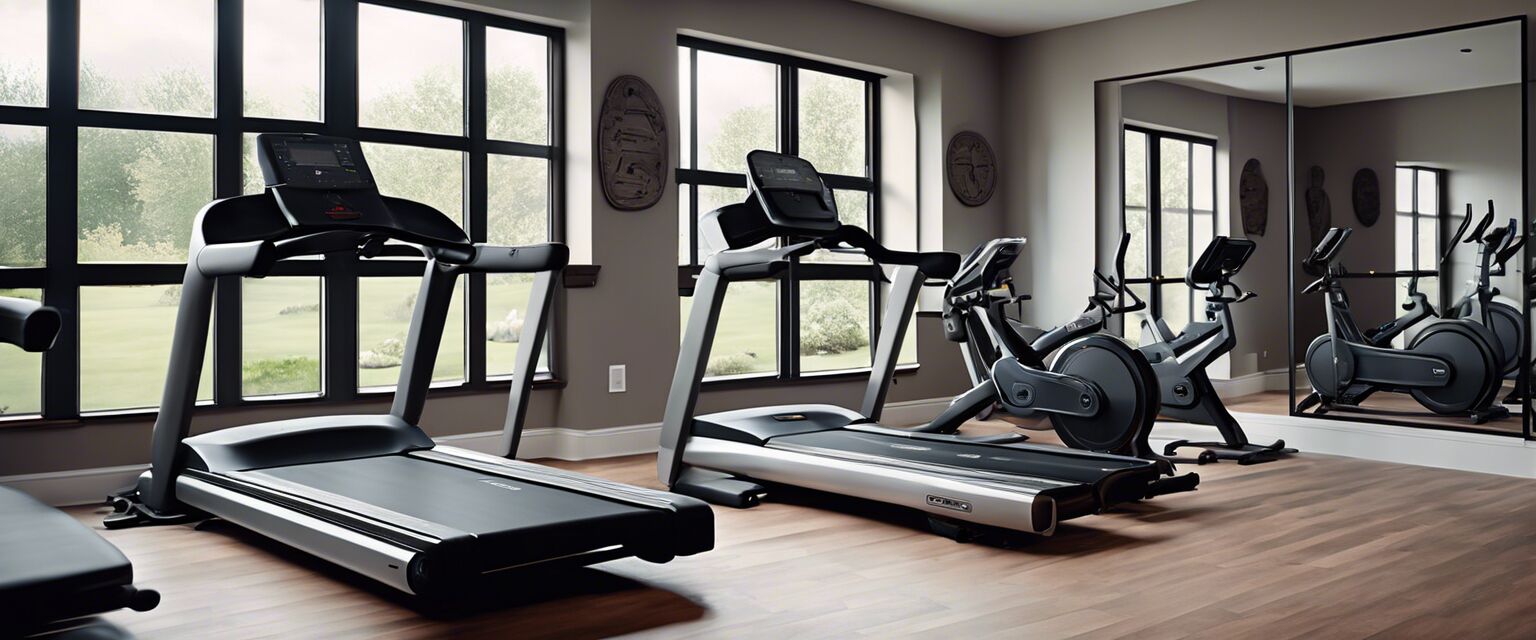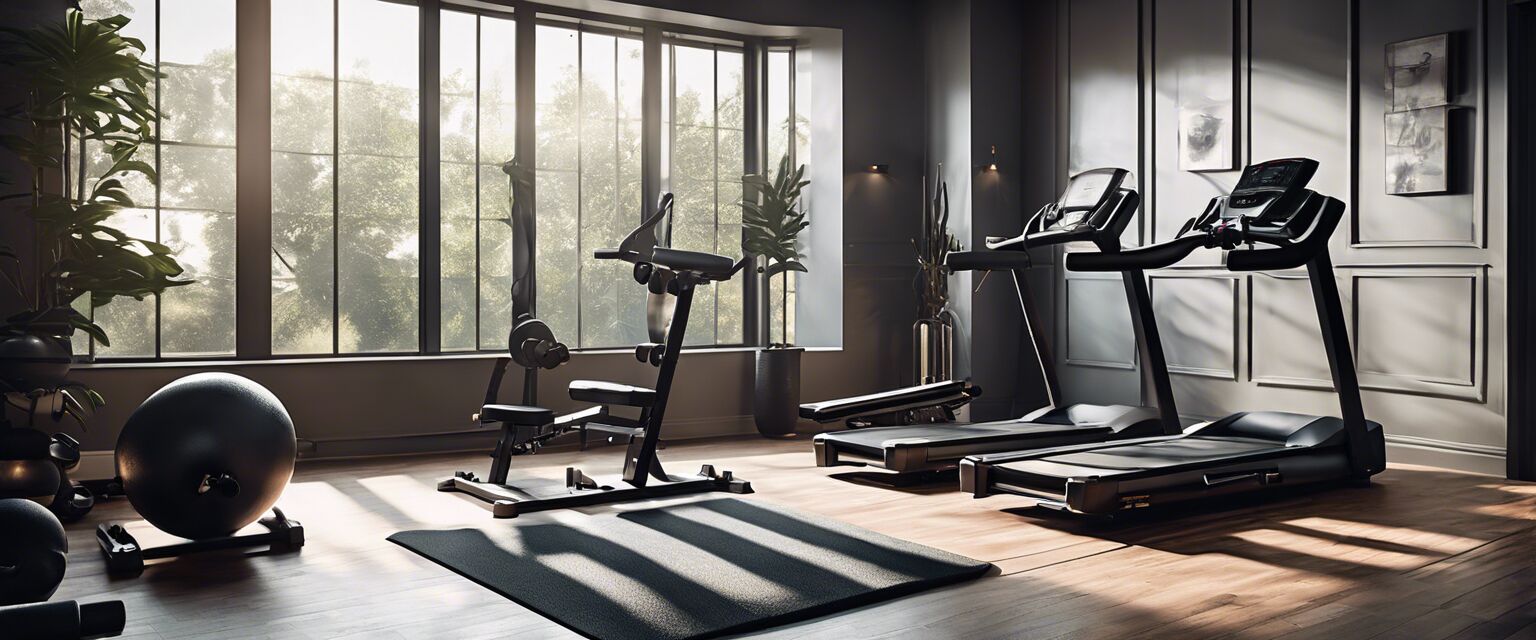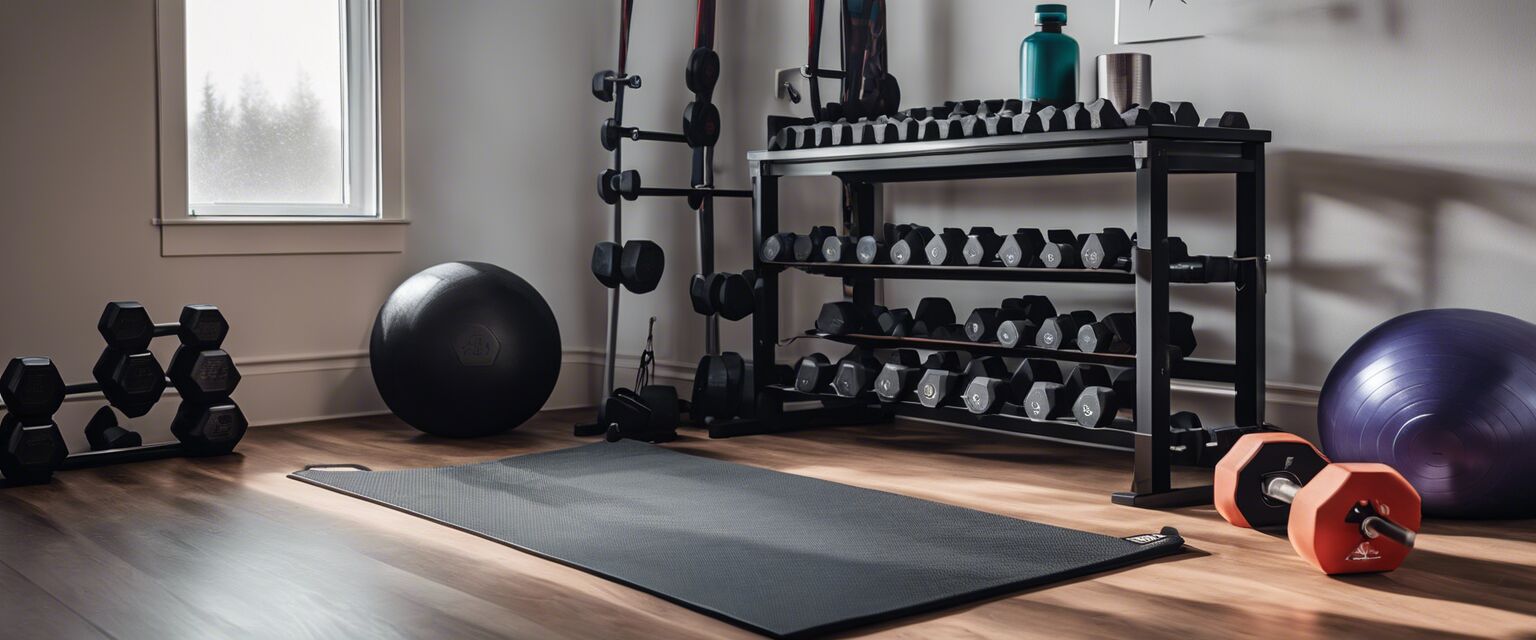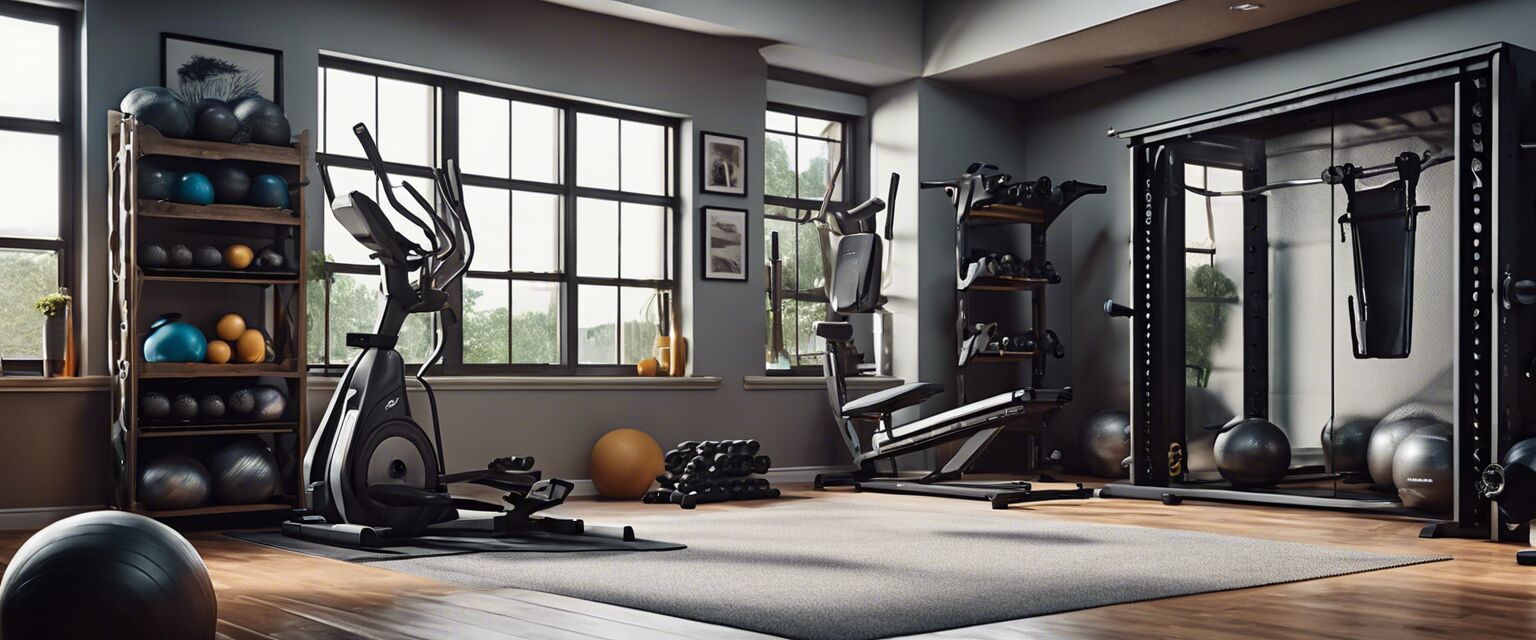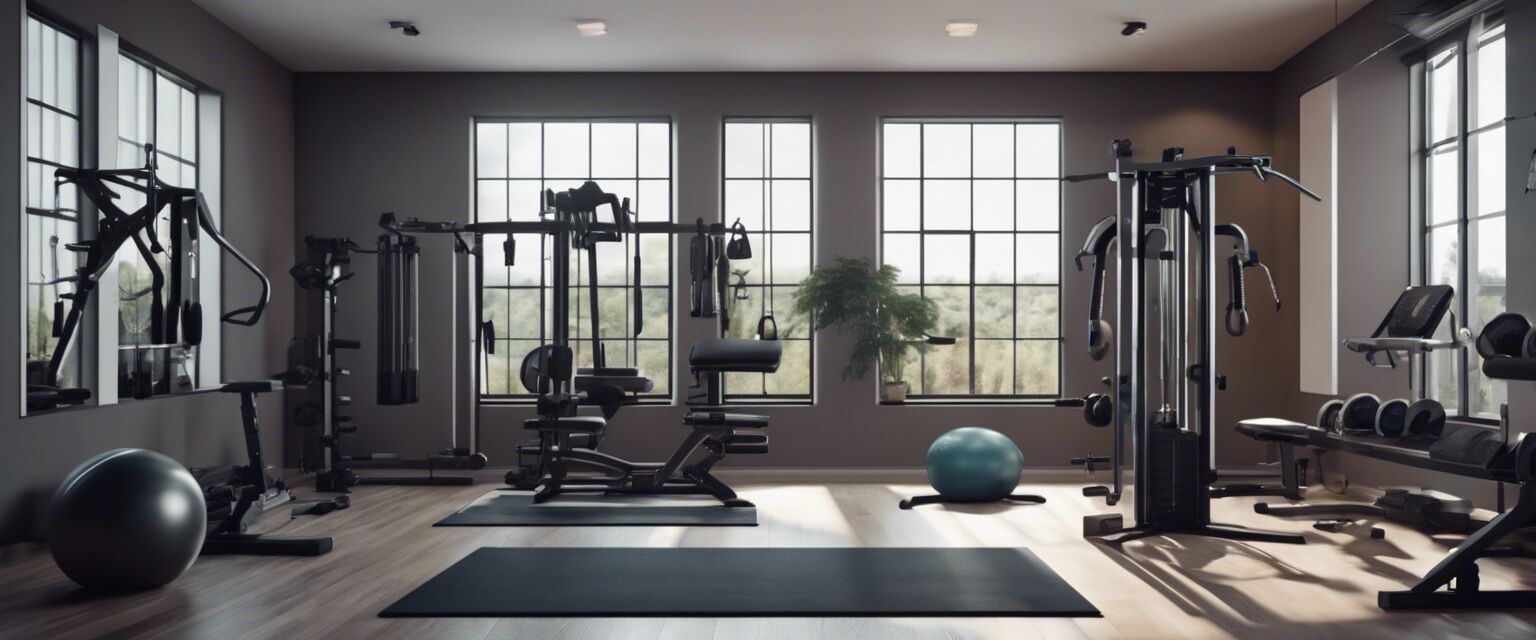
Home Gym Maintenance Tips
Maintaining your home gym equipment is essential for longevity and optimal performance. Proper care not only enhances your workout experience but also ensures safety during use. Below, we delve into valuable maintenance tips and strategies to keep your exercise equipment in top shape.
Key takeaways
- Regular cleaning is vital for hygiene and performance.
- Inspect equipment for wear and tear frequently.
- Follow manufacturer guidelines for maintenance routines.
- Consider proper storage to prolong equipment life.
- Use appropriate lubricants to keep moving parts functional.
Importance of Home Gym Maintenance
Maintaining your home gym is crucial not just for the durability of your equipment but also for ensuring you are working out safely. Regular maintenance prevents breakdowns, enhances performance, and keeps your workouts effective. A well-maintained gym encourages consistent use, providing a reliable space to reach your fitness goals.
Cleaning Your Equipment
Cleaning your fitness equipment should be a routine practice. Dust and sweat can accumulate, leading to possible malfunctions. Below are some tips for proper cleaning:
| Equipment | Cleaning Solution | Method |
|---|---|---|
| Treadmill | Gentle soap and water | Wipe down the surface with a cloth |
| Dumbbells | Disinfectant wipes | Wipe handles and weights thoroughly |
| Resistance Bands | Cleansing solution | Hand wash with mild soap |
| Kettlebells | Steel cleaner | Wipe with a damp cloth |
Inspecting for Wear and Tear
Regular inspection of your equipment can save you from unexpected accidents or injuries. Make it a habit to check:
- Cables for fraying or breaks.
- Pads and grips for wear.
- Moving parts for smooth operation.
- Bolts and screws for tightness.
Reading the Manufacturerâs Guidelines
Each piece of gym equipment comes with its maintenance manual. Familiarize yourself with these guidelines to ensure you're not missing crucial maintenance steps. Here are a few tips:
- Follow scheduled maintenance routines as stated in the manual.
- Be aware of warranty guidelines to avoid voiding them.
- Use recommended cleaning products.
Storage Solutions to Extend Equipment Life
Optimal storage can prevent damage and keep your equipment organized. Here are some storage solutions:
- Use wall mounts for resistance bands and ropes.
- Invest in racks for kettlebells and dumbbells.
- Store larger machines in sheltered areas to avoid weather exposure.
- Consider using covers for machines that are not in regular use.
Lubrication and Maintenance Aids
Proper lubrication might be needed depending on the equipment type. Use suitable lubricants like silicone sprays for moving parts:
- Check the manufacturerâs guidelines for lubricant types.
- Ensure parts are clean before applying lubricants.
- Lubricate regularly based on the frequency of equipment usage.
Home Gym Maintenance Checklist
Having a checklist can help ensure you donât miss important maintenance tasks. Hereâs a basic outline:
| Frequency | Task |
|---|---|
| Weekly | Clean equipment surfaces. |
| Monthly | Inspect for wear and tear, lubricate where necessary. |
| Annually | Deep clean and service all equipment pieces. |
Tips for Beginners
- Start with a cleaning routine once a week.
- Set reminders for inspections and maintenance tasks.
- Consider joining online forums or groups for shared tips.
- Ask experienced gym owners for advice on durable products.
Pros
- Extends the lifespan of gym equipment.
- Ensures safety during workouts.
- Keeps your workout space clean and organized.
Cons
- Requires consistent time and effort.
- May need to invest in cleaning supplies.
- Accessing manufacturer guidelines might be challenging at times.
Conclusion
Maintaining your home gym is a straightforward process that pays off in the long run. By regularly cleaning, inspecting, and following the manufacturerâs guidelines, you can ensure that your equipment remains functional and safe for years to come. For additional insights on building and maintaining your fitness space, check out our Home Gym Flooring & Setup Essentials or our Dumbbells & Barbells sections for a comprehensive setup.
